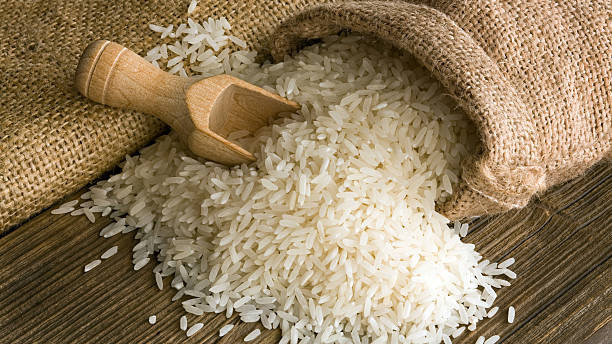Tags
Farming under the barrel of a gun: In Manipur, rice cultivation a casualty of ethnic violence
With the onset of the monsoon, the Manipur government has mobilised around 2,000 security personnel, including from the Manipur Rifles and the India Reserve Battalion, in farming areas adjoining the hills.

Manipur Rifles personnel patrolling the hills adjoining Pukhao area. (Express photo)
Violence in Manipur has taken a toll on agriculture in parts of the state, leaving rice farmers in some areas in a race against time to start cultivation.
With the onset of the monsoon, the Manipur government has mobilised around 2,000 security personnel, including from the Manipur Rifles and the India Reserve Battalion, in farming areas adjoining the hills. However, with instances of violence still being reported in parts of the state, farmers are an apprehensive lot.
In Pukhao area of Imphal East district, many farmers have not yet started the process of rice cultivation despite the government’s security measures. The few who have started say they are already late, and are expecting a low yield.
Since the violence began on May 3, at least four people, including an Assam Rifles jawan, have been killed in Pukhao, which borders the hill district of Kangpokpi.

“We are constantly living in fear of attacks from armed miscreants. We know they are hiding in the adjoining hills. They have constructed bunkers and are waiting for an opportune moment to strike. We heard an explosion two days ago,” says Seram Ibemcha, a resident of Pukhao Terapur village.
“Normally, farming activities begin in the first week of June, or latest by the last week of the month. But we started tending our fields only after the arrival of security forces on July 8,” said Ibemcha, who recently returned from a nearby relief camp to start rice cultivation.
Usually, Ibemcha could harvest around 30 bags of rice from her 54,450-square-foot field (two lourak in the traditional Manipur unit). This time, she is anticipating a very low yield.
W Ibomcha, who also has two lourak of land, is worried about the seeds he has sown. “Planting rice takes a lot of preparation and proper irrigation. This time, there was no time for preparation. I had no choice but to sow the seeds in the dry field as I was already behind schedule. I am now just praying for rain,” Ibomcha said.

Around 20 personnel of the 7 Manipur Rifles battalion, in addition to central forces, have been deployed in the area since July 8. But farming activities have remained minimal, with many not tending their land fearing attacks from armed miscreants.
Security forces do their rounds in two shifts – the first runs from 6 am to 12 noon, and the second from 1 pm to 5 pm.
On Saturday morning, around 10 Manipur Rifles personnel were guarding the Pukhao Terapur Loukon (the cultivation area) as three farmers tended their fields. Most of the paddy fields are in the initial stage of cultivation, ready for sowing seeds. But a large area of the field was dry, a sign that these fields were yet to be tended.
According to sources in the state agriculture department, Manipur could suffer a loss of 1,543.23 metric tonnes if the main crop cannot be cultivated this year.
There are a total of 1,95,000 hectares in Manipur for the cultivation of rice during kharif season. As of June, 5,127 hectares had been affected by the ongoing conflict, with farmers unable to cultivate the land. Bishnupur district is the most affected with 2,191 hectares and Jiribam the least with 37 hectares.
https://indianexpress.com/article/india/manipur-rice-cultivation-a-casualty-of-ethnic-violence-8846787/Published Date: July 19, 2023






